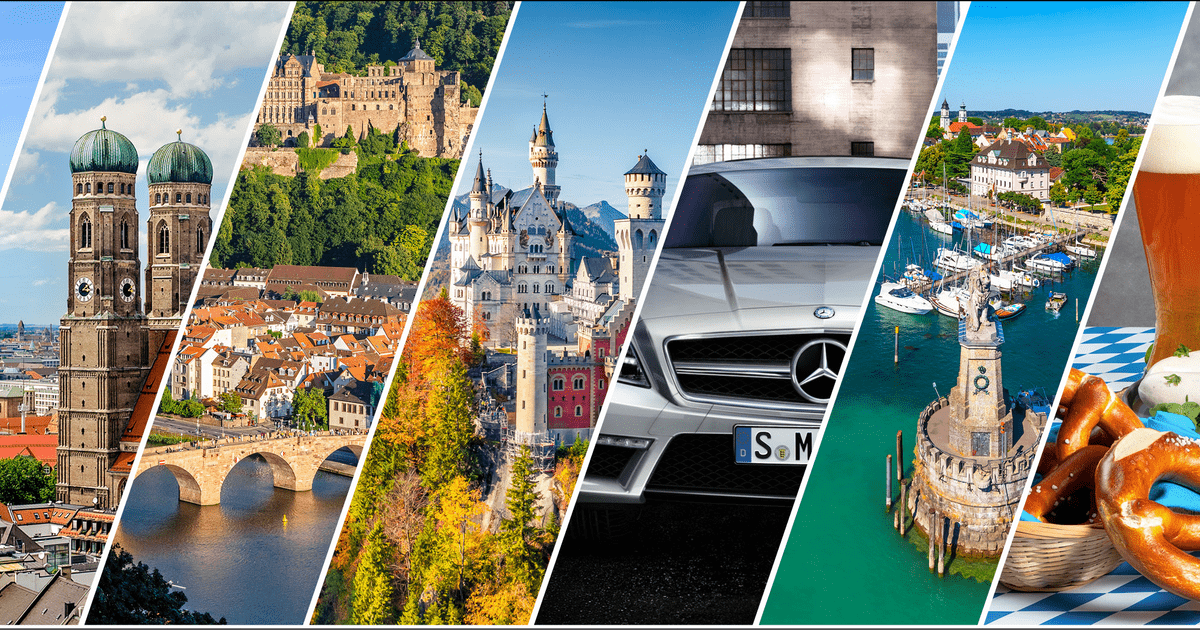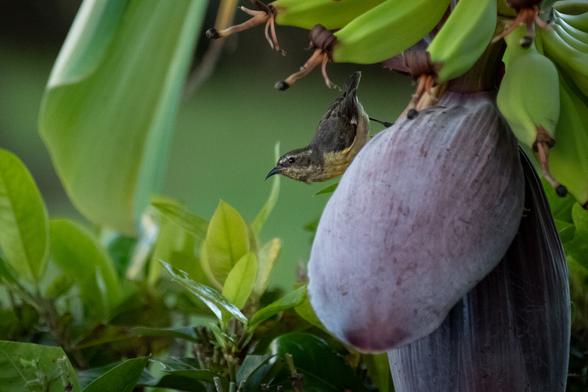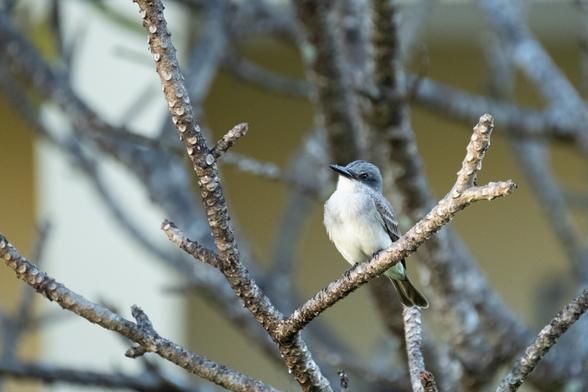“Cayo Levantado, aka Bacardi Island”
Cayo Levantado, popularly known as Bacardi Island, is a tiny island located in Samaná, in the wildest and most remote area of the Dominican Republic.
It inherited its English name after it was featured in a commercial for the famous producer of spirits.
The island is small, only one kilometer long, but with great natural treasures. It is associated with paradisiacal beaches with tall coconut trees, exuberant vegetation, and crystalline beaches full of abundant marine life.
Cayo Levantado is the perfect place to get away on a day trip from the beautiful region of Samaná to enjoy a day of snorkeling, kayaking, sun, and beach, in one of the most charming Caribbean areas. Its sands are white and delicate, and its waters, with incredible visibility and shades of blue, are full of colorful tropical fish, where it is straightforward to spot starfish and shells very close to the shore.
 https://nicolas-hoizey.photo/photos/cayo-levantado-aka-bacardi-island/
https://nicolas-hoizey.photo/photos/cayo-levantado-aka-bacardi-island/

2 March 2018

Fujifilm X-T2 + 100-400mm

ISO 200, ƒ/8, 1/1000 s
#TravelPhotography #NorthAmerica #Caribbean #DominicanRepublic #Photography #Fujifilm #XT2 https://nicolas-hoizey.photo/photos/hispaniolan-gracile-anole/
https://nicolas-hoizey.photo/photos/hispaniolan-gracile-anole/ 3 March 2018
3 March 2018 Fujifilm X-T2 + 100-400mm
Fujifilm X-T2 + 100-400mm ISO 1600, ƒ/5.6, 1/35 s
ISO 1600, ƒ/5.6, 1/35 s





